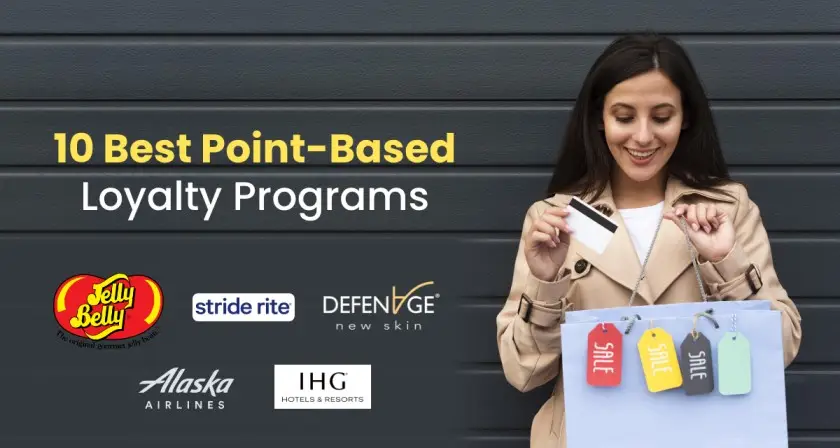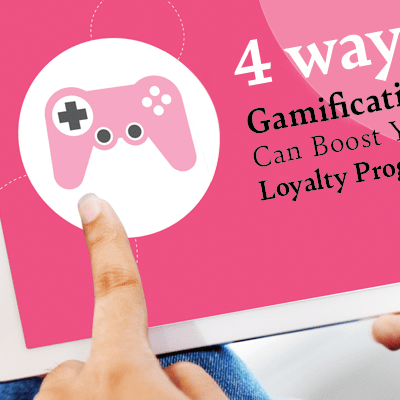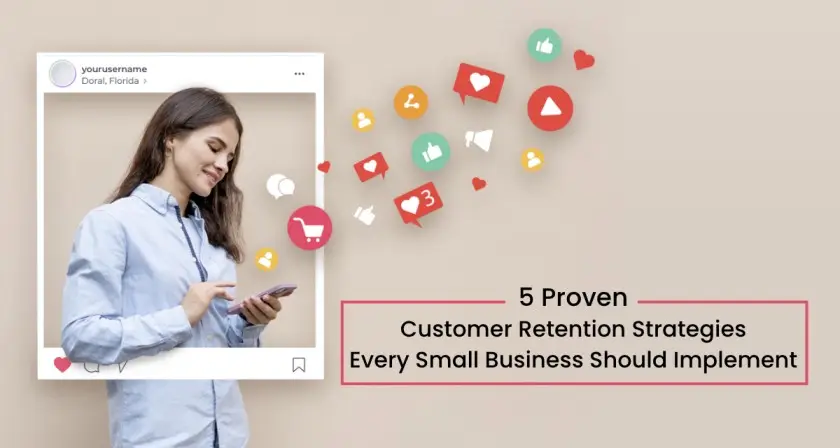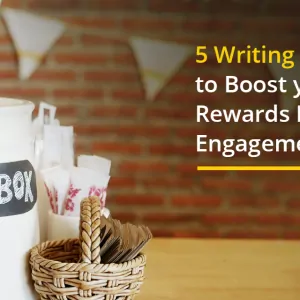Latest Blog
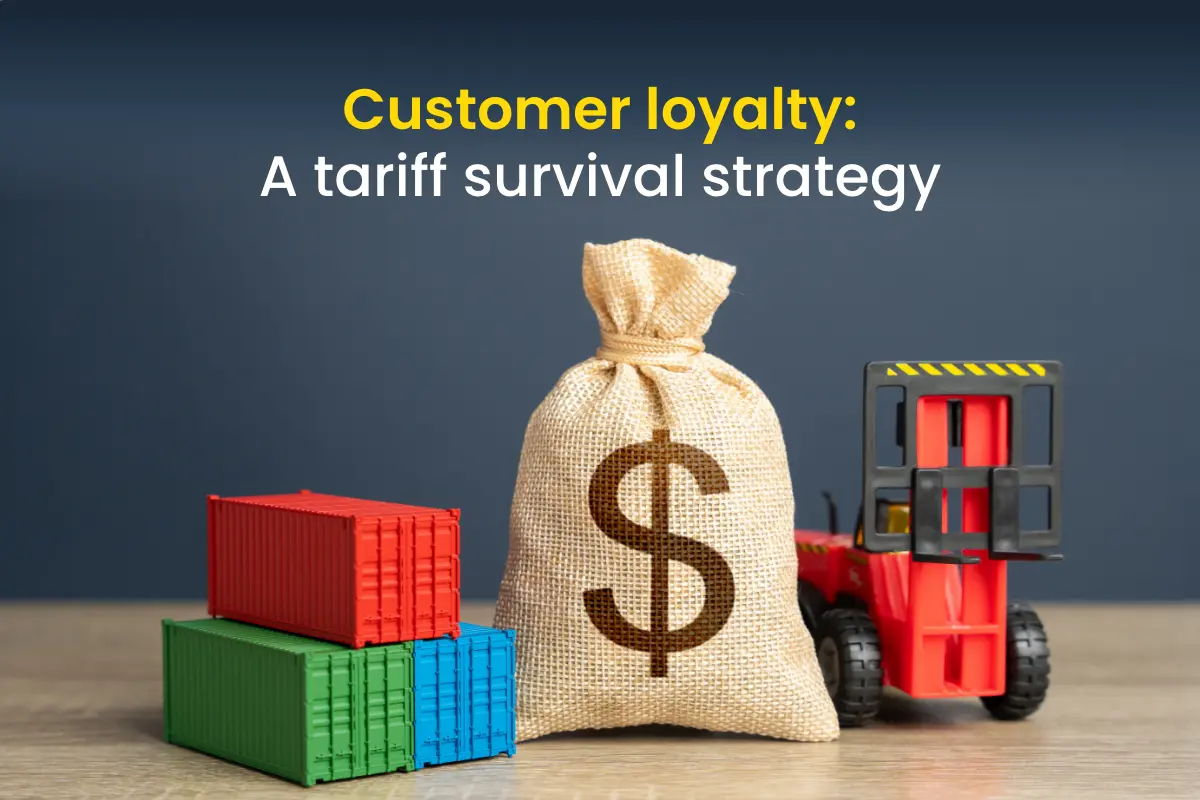
Tariffs are reshaping customer loyalty: strategies for retention in 2025
Customer Loyalty: A Tariff Survival Strategy | Zinrelo
Most Popular Blogs
Our Blogs

Tariffs are reshaping customer loyalty: strategies for retention in 2025
Customer Loyalty: A Tariff Survival Strategy | Zinrelo
Read Blog

What is loyalty fatigue and how brands can overcome it
In the past few years, businesses have seen a troubling tendency known as ‘loyalty fatigue.’
With so many programs
Read Blog
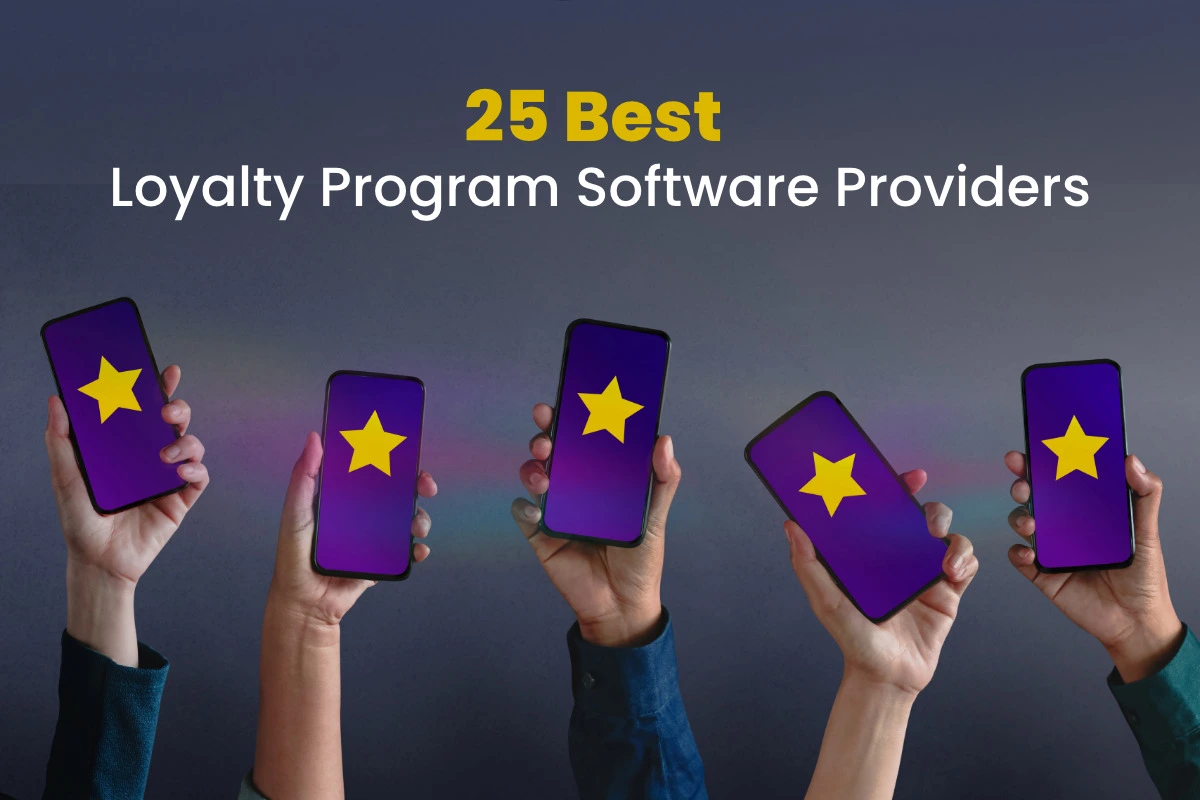
The Ultimate List of 25 Best Loyalty Program Software Providers in 2025
Did you know that 77% of consumers stick with brands that offer loyalty rewards? In a competitive market, retaining customers
Read Blog
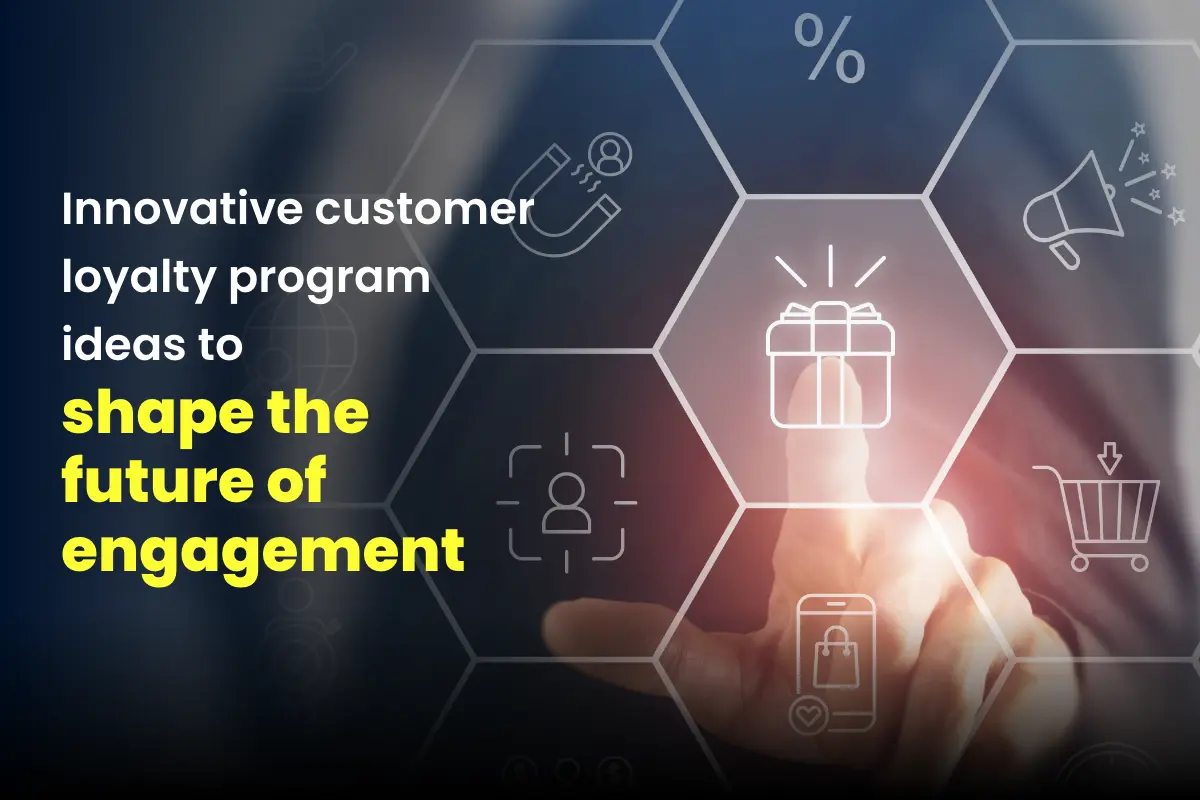
Innovative customer loyalty program ideas for 2025: Shaping the future of engagement
Customer loyalty programs have come a long way from just earning points and getting occasional discounts. In 2025, brands are
Read Blog

8 reasons why revamping your loyalty program is the right move for your business
Loyalty programs are supposed to make customers feel valued and encourage repeat business. But what if your program is doing
Read Blog
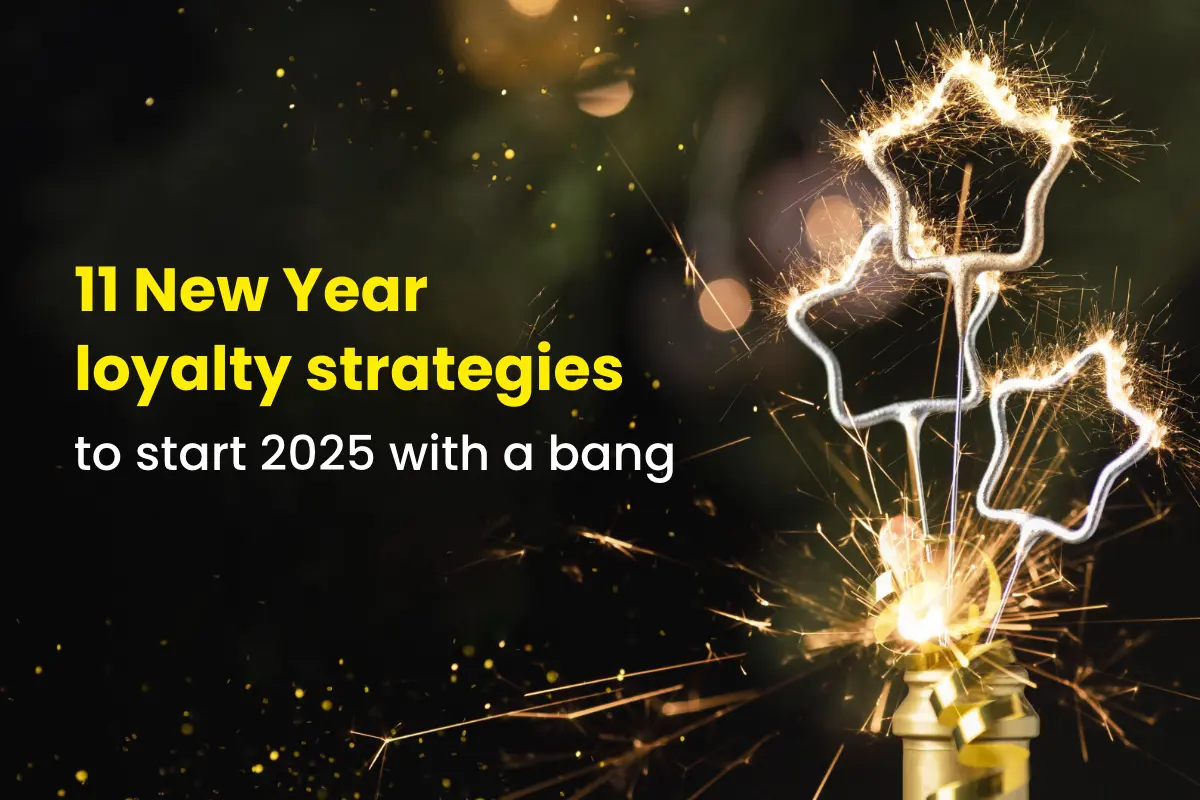
11 New Year loyalty strategies to start 2025 with a bang
The new year is here, and it’s the perfect time to rethink how your business builds loyalty.
Customers today
Read Blog

7 best CPG loyalty programs to drive customer engagement and retention
Consumer Packaged Goods (CPG) loyalty programs are changing the way brands engage with their customers. These programs go beyond just
Read Blog
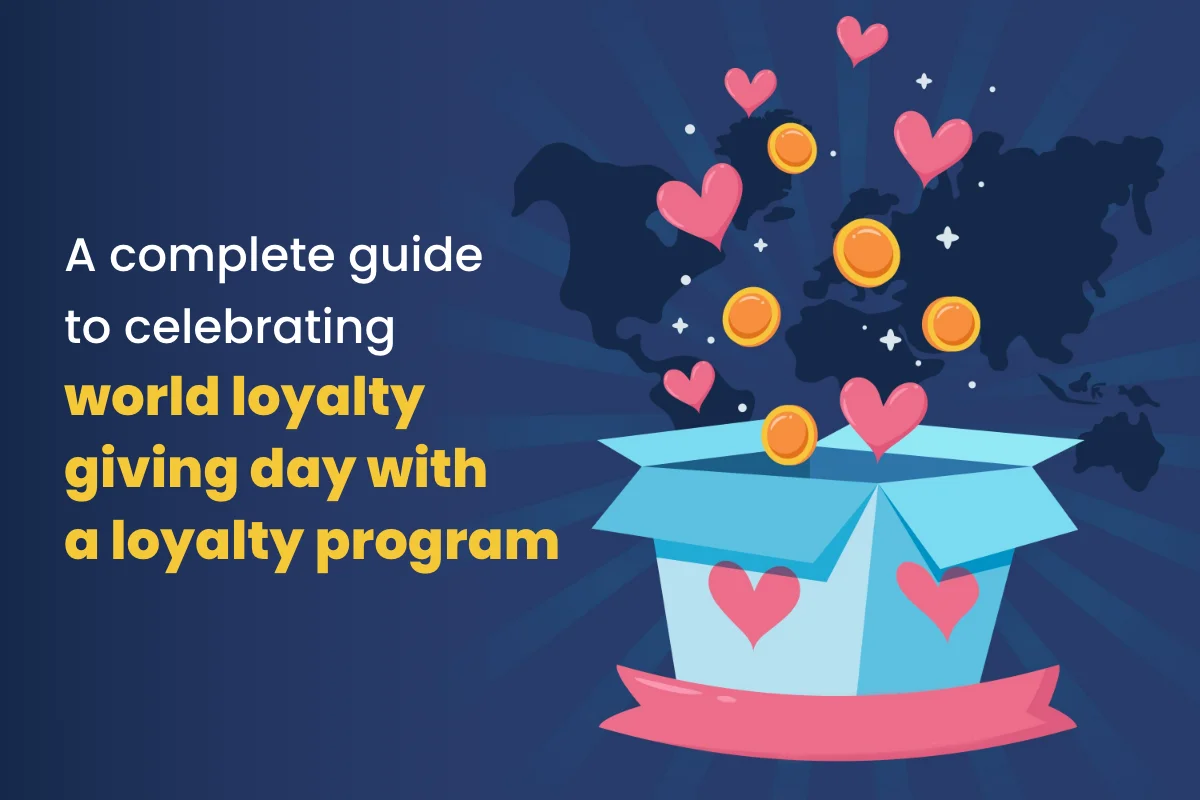
A guide to celebrating World Loyalty Giving Day with a loyalty program
Celebrate World Loyalty Giving Day by engaging your customers with special rewards and offers through your loyalty program. Discover creative ways to show appreciation and strengthen customer loyalty with meaningful gestures.
Read Blog

11-Step Black Friday Loyalty Equation to Maximize ROI Beyond the One-Day Spending Spree
Unlock the proven 11-step Black Friday loyalty equation to boost ROI. Learn actionable strategies to engage customers, drive sales, and build lasting loyalty during the holiday shopping season.
Read Blog
